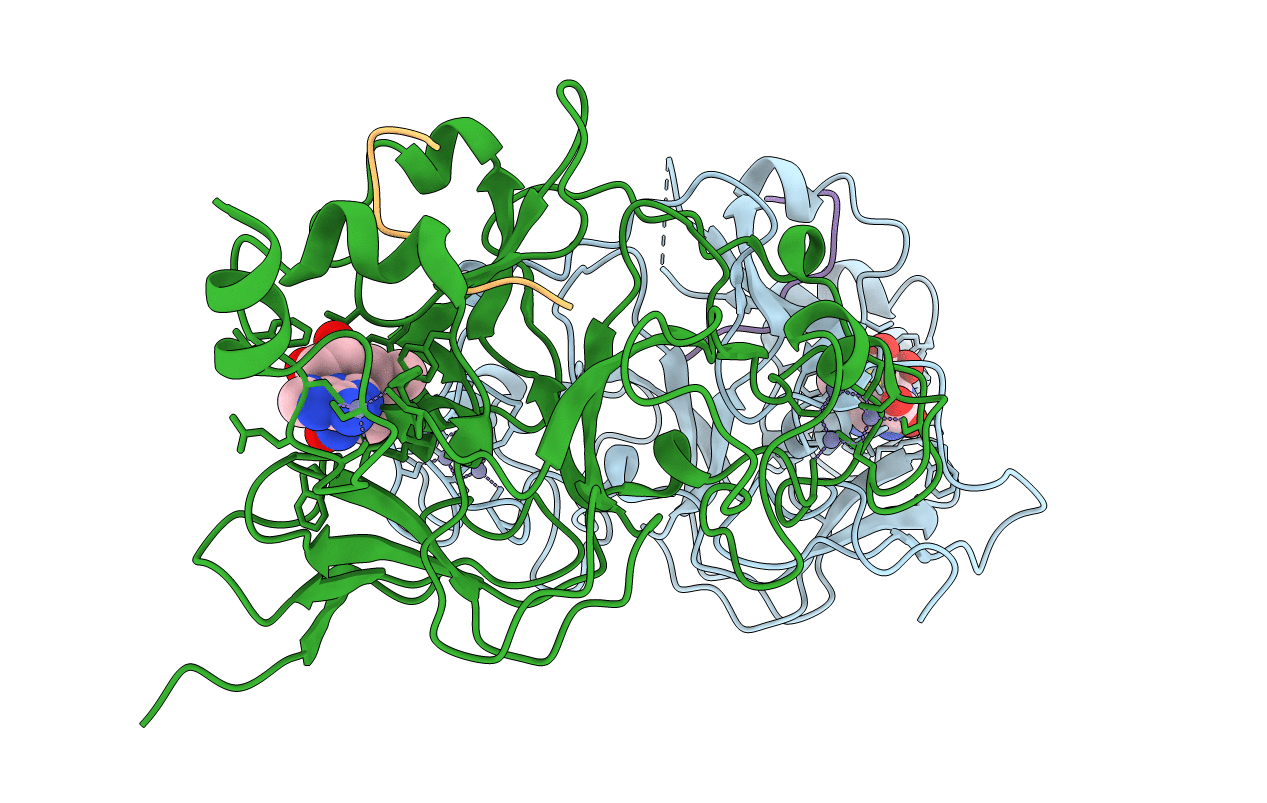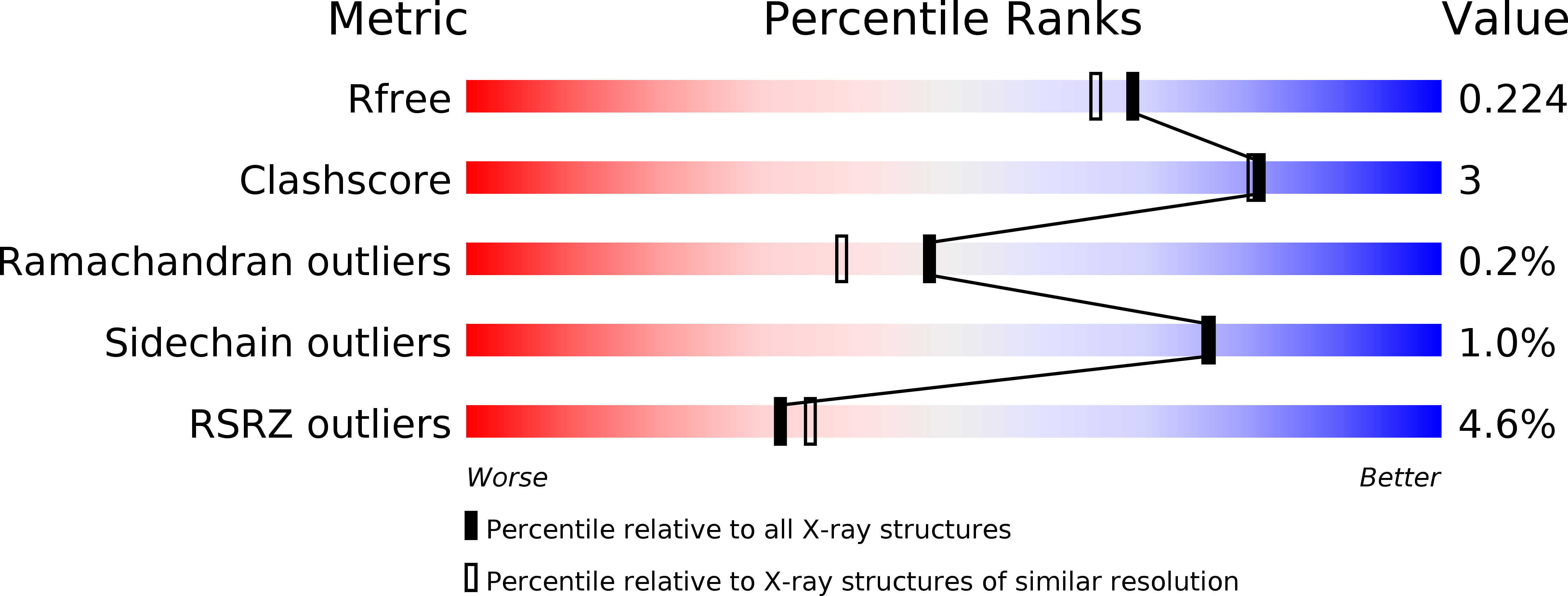
Deposition Date
2016-08-16
Release Date
2016-10-05
Last Version Date
2024-10-30
Entry Detail
PDB ID:
5T0M
Keywords:
Title:
A histone H3K9M mutation traps histone methyltransferase Clr4 to prevent heterochromatin spreading
Biological Source:
Source Organism:
Homo sapiens (Taxon ID: 9606)
Host Organism:
Method Details:
Experimental Method:
Resolution:
1.90 Å
R-Value Free:
0.22
R-Value Work:
0.18
R-Value Observed:
0.18
Space Group:
P 1 21 1


